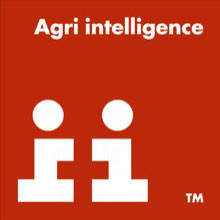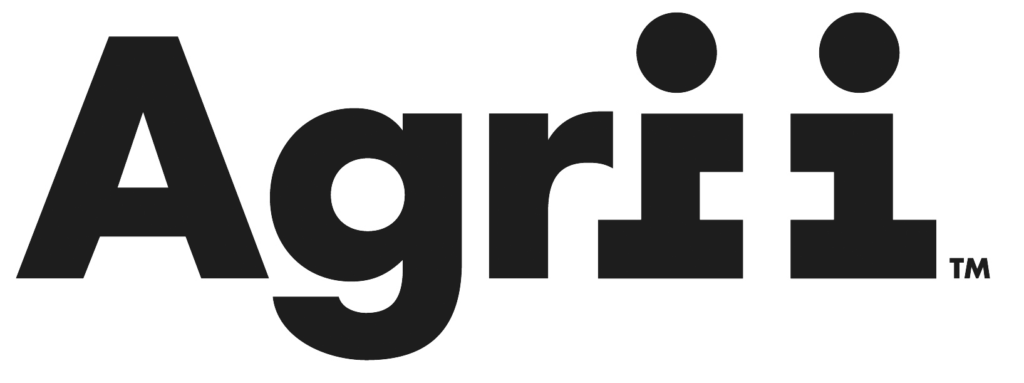The 1200-hectare Holton Farms in north-east Lincolnshire is fully invested in precision farming technology. For farm manager Nick Young, data in all its forms has been central to improving profitability.

Farm Manager

Crop yield data is collected by the John Deere 790 combine harvester fitted the firm’s proprietary GreenStar system. GreenStar is also fitted to the farm’s SAM sprayer while the fleet of CASE iH tractors use CASE’s native program, AFS Connect. The tractors connect to the farms two seed drills, a John Deere 750A and a Weaving Sabre Tine.
To bring all the data together for complete analysis, Holton Farms turned to RHIZA. The priority was to produce soil conductivity maps that would be the foundation of a move to variable-rate seeding. The aim is to scan roughly 150 hectares a year, beginning with those soil types with a higher magnesium content. On non-mapped fields, Normalized Difference Vegetation Index (NDVI) and Green Chlorophyll Vegetation Index (GCVI) imagery are used to produce seed maps.
These maps are impressively accurate, and Nick has worried more than once that he will run out of seed. It hasn’t happened yet.
Seed maps can also be adapted to reflect areas where rates are to be increased for other reasons, such as previously identified patches where black-grass presents a challenge or on headlands where compaction might hinder establishment. It also makes life easier and removes delays and difficulties in getting equipment to work together.
When the drill operator, who has been on the farm for 43 years, tells you the system is not just easy-to-use, but also worthwhile, it is immensely reassuring. Aside from the saving in seed costs, the crops develop far more evenly. To the operators, this is highly satisfying.
From a management perspective, one of the main advantages of the Contour platform is that serves as a single point for data analysis. With other systems this is not always possible, being able to layer soil maps, field boundaries, satellite imagery and both NDVI and GCVI makes analysis easier and more complete.
CONTOUR: WHAT TO EXPECT THIS SUMMER

Lime Planning
The new Lime Planning tool in Contour is due to be launched this summer, enabling you to manage lime applications more efficiently. Lime is key to providing the optimum soil pH for nutrient uptake by the crop; it also has the added benefit of improving soil structure, which leads to an increase in crop yields.
Contour’s lime planning tool gives you complete flexibility by planning across either a whole farm or down to crop level, putting you in control of where applications need to be made.
In the first release, you can build custom rulesets for either ground limestone or granulated lime. The tool looks at the pH values from your most recent soil tests within Contour and applies a rate to achieve your target pH. It then allows you to make your final adjustments through bulk adjust and editing tools before exporting GPS files ready for a variable rate controller.
This new release means that whether you are planning whole farm nutrient management or creating variable rate applications, all of your data and planning tools are together in our digital Contour platform.
For more information, speak to your local Crop Input Specialist.

Contour Mobile
The all-new Contour Mobile app is due to be launched in late Spring 24.
This brand-new app completely replaces the existing Contour app, which you have become familiar with, and now utilises many of the features from the desktop version of Contour, meaning that you can transition from the office to the field without hesitation.
Access satellite imagery, yield maps and cropping along with all of your soil details on the go, or see your live location, allowing you to navigate to areas of interest. Plot observations to record problem areas within the field, which can also aid with evidencing various SFI actions that may be active across the farm. All observations automatically sync across to Contour desktop, ready to use within planning tools or kept safe for record keeping.
You will be automatically transitioned across when the new app is launched, so no need to download a different app. Keep your eyes peeled for a new update!


